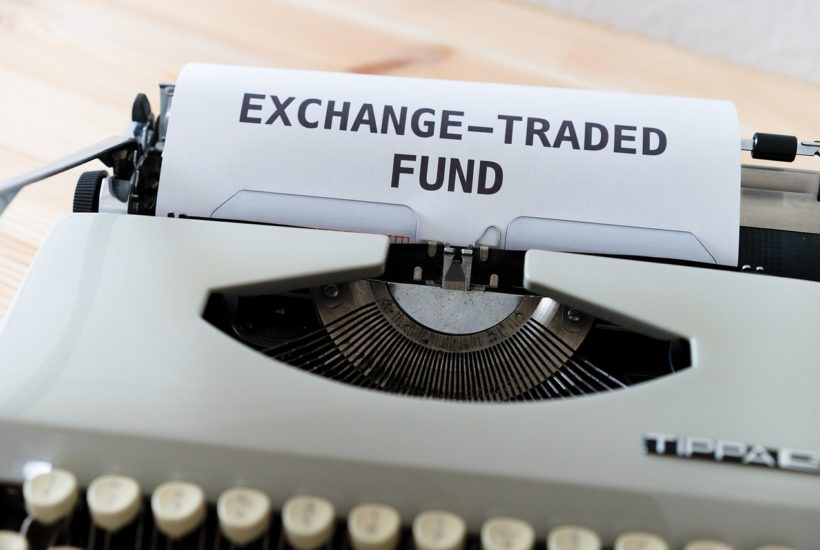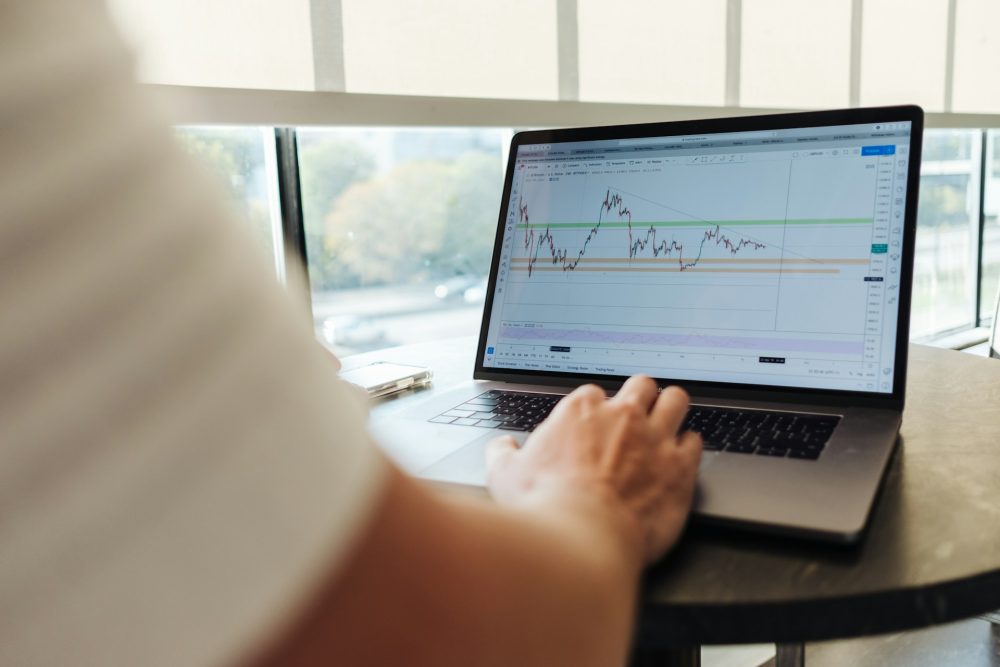Featured
The ETF Market Reached €589 Billion in the First Half of the Year
Global indices recorded the bulk of flows in Europe with $40.5 billion (€34.3 billion) followed by the U.S. and North America with inflows of $20 billion(€17 billion) combined. At the individual country level, ETFs on Japan indices $4 billion (€3.4 billion), UK indices $3.3 billion (€2.8 billion), and China indices $1.65 billion (€1.4 billion) increased. In contrast, ETFs on French equities -$657 million (-€557 million).

Global ETF inflows totaled $695 billion (€588.6 billion) in the first half of 2021. The U.S. market clearly dominated with inflows of $556.2 billion (€471.1 billion) (80%) followed by Europe with $10.6 billion (€90.3 billion) (15%) and Asia with $32.1 billion (€27.2 billion) (4.6%). More than three-quarters of the inflows (77%) or $528 billion (€447 billion) were attributable to equity ETFs. Bond ETFs recorded inflows of $159 billion (€134.6 billion) (23%).
In June, global ETF inflows totaled $10.5 billion (€8.9 billion). That is roughly in line with the May level. However, there were shifts among the regional ETF markets. While both U.S.- and European-registered ETFs saw inflows increase from the previous month (U.S.: $92 billion (€78 billion); Europe: $16.5 billion (€14 billion), Asian-registered ETFs saw outflows of $4.7 billion (€4 billion) in June.
If you want to find more details about the ETF market and to read the latest business news in the world, download for free our companion app Born2Invest.
Inflows in Europe – first half of 2021
Equity ETFs registered in Europe saw inflows of $84.5 billion (€71.6 billion) in the first half of the year. Global indices recorded the bulk of flows in Europe with $40.5 billion (€34.3 billion) followed by the U.S. and North America with inflows of $20 billion(€17 billion) combined. As in previous months, there were further outflows from Asian and South American emerging markets (-$360 million (-€305 million) and -$272.2 million (-€231 million), respectively).
At the individual country level, ETFs on Japan indices $4 billion (€3.4 billion), UK indices $3.3 billion (€2.8 billion), and China indices $1.65 billion (€1.4 billion) increased. In contrast, ETFs on French equities -$657 million (-€557 million) and German equities -$584 million (-495 million) recorded outflows.
In terms of sectors, ETFs on financials were the most sought-after $5.3 billion (€4.5 billion), which Amundi said could reflect hopes for a robust economic recovery following the flattening Corona threats. This confidence could also explain the good demand for value strategies of $10.7 billion (€9.1 billion). ESG and climate ETFs also remained in investors’ focus. They attracted $36 billion (€30.4 billion) and $4.5 billion (€3.8 billion) respectively in the first six months – also driven by new regulatory frameworks.
Bond ETFs registered in Europe saw inflows of $18.3 billion (€15.5 billion) in the first half of 2021. Investors preferred corporate bond ETFs $9.8 billion (€7.8 billion) over government bond ETFs $6.4 billion (€5.4 billion).
U.S. corporate bonds were the most popular, with the investment-grade segment seeing inflows of $3.54 billion (€3 billion) and the U.S. high-yield segment seeing inflows of $1.4 billion (€1.2 billion). Investors withdrew funds from the eurozone – $400 million (€339 million) from the high-yield segment and $392 million (€332 million) from the investment-grade segment.
In government bonds, ETFs on Chinese paper were most in-demand in H1: $5.8 billion (€4.9 billion). By contrast, there were outflows in ETFs on eurozone government bonds -$1.9 billion (-€1.6 billion) and global emerging market bonds -$1.42 billion (-(€1.2 billion). US and eurozone inflation-linked bonds also saw inflows of $1.9 billion (€1.6 billion) and $1.77 billion (€1.5 billion), respectively.
On the bond side, investors also switched from traditional to sustainability indices $13.7 billion (€11.6 billion). This represents around 75% of total inflows into bond ETFs in the first half of 2021.
__
(Featured image by viarami via Pixabay)
DISCLAIMER: This article was written by a third party contributor and does not reflect the opinion of Born2Invest, its management, staff or its associates. Please review our disclaimer for more information.
This article may include forward-looking statements. These forward-looking statements generally are identified by the words “believe,” “project,” “estimate,” “become,” “plan,” “will,” and similar expressions. These forward-looking statements involve known and unknown risks as well as uncertainties, including those discussed in the following cautionary statements and elsewhere in this article and on this site. Although the Company may believe that its expectations are based on reasonable assumptions, the actual results that the Company may achieve may differ materially from any forward-looking statements, which reflect the opinions of the management of the Company only as of the date hereof. Additionally, please make sure to read these important disclosures.
First published in investrends.ch, a third-party contributor translated and adapted the article from the original. In case of discrepancy, the original will prevail.
Although we made reasonable efforts to provide accurate translations, some parts may be incorrect. Born2Invest assumes no responsibility for errors, omissions or ambiguities in the translations provided on this website. Any person or entity relying on translated content does so at their own risk. Born2Invest is not responsible for losses caused by such reliance on the accuracy or reliability of translated information. If you wish to report an error or inaccuracy in the translation, we encourage you to contact us.

-

 Impact Investing2 weeks ago
Impact Investing2 weeks agoEU Health Council Advances Key Pharmaceutical and Public Health Reforms
-

 Africa3 days ago
Africa3 days agoBank Al-Maghrib’s Final 2025 Meeting Expected to Maintain Key Interest Rate
-

 Crowdfunding1 week ago
Crowdfunding1 week agoOpstart Unifies Crowdlender: A Streamlined, Wallet-Free Investment Hub Launches December 2025
-

 Crowdfunding6 days ago
Crowdfunding6 days agoStar Citizen Funding Soars as 2025 Becomes Its Most Successful Year Yet















